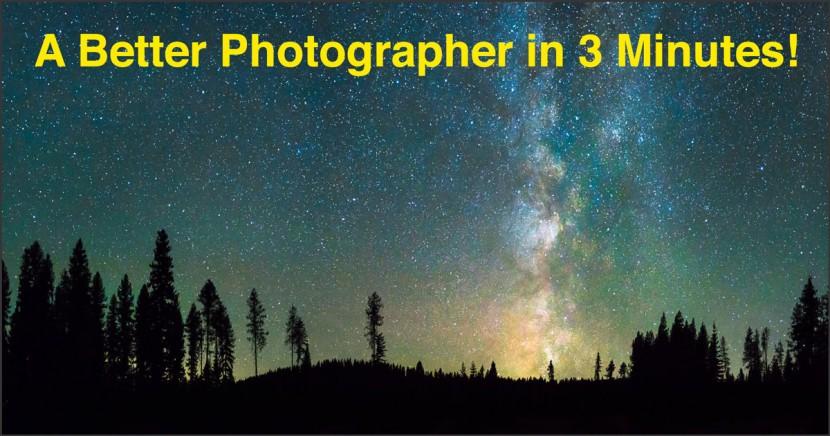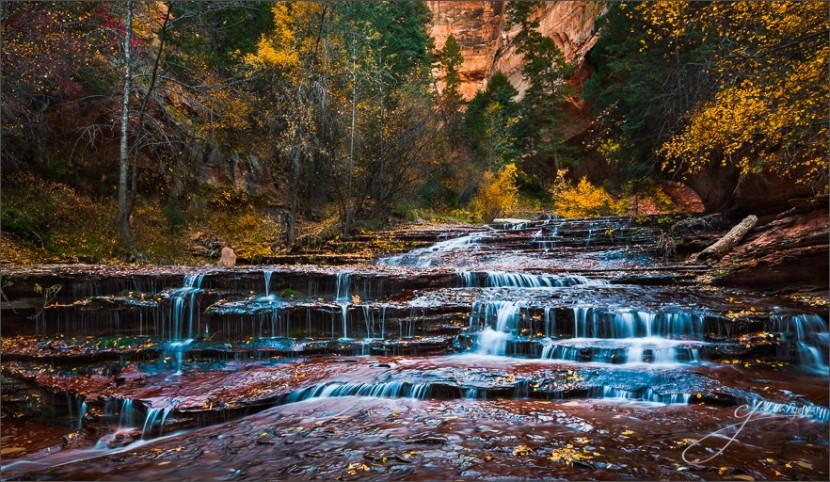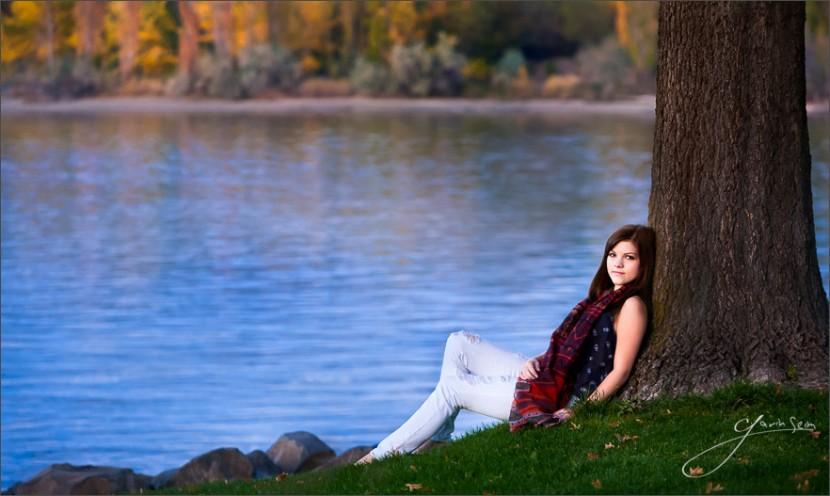It took me 20 years to find this because no one taught it until now.
In this primer on shadow hacking I’m going to share was I found. If you follow my work you have seen me shift focus to shadow over light. Not to say ignore light, but that there so much focusing on the light has only caused us to learn half of what makes great photos.
Not signed up for my Shadow-Hackers LIVE class? Sign up it here.
Should you lift or drop shadows? Push or pull exposure. How do we bend the shadow in new ways and why doe sit matter. Today I’ll show you some examples and if you attend my Shadow Hackers hackers class you’ll be ahead of the curve for watching this.
Look for where your shadows are broken and stop photographing light.
I hope this is coming across. I promise that if you start looking to photograph shadow, it’s going to change how you use to light your camera and what kind of results you get. Try this and see for yourself.
Gavin Seim
Things I used to edit with today…
My new Elegance Speed Masks… seimeffects.com/elegance
Filmist, get my free presets… seimeffects.com/filmist/
Lumist actions… seimeffects.com/lumist
BlackRoom actions… seimeffects.com/blackroom
Natural HDR4… seimeffects.com/dynamic

 Improved 09/28/15: Getting it right in camera is easier than fixing it later. I hate it when I get in a hurry and overlook these simple principles and it comes up a lot in my workshops. I’ve learned there’s always something we can improve if we set aside ego, be honest and focus on craft.
Improved 09/28/15: Getting it right in camera is easier than fixing it later. I hate it when I get in a hurry and overlook these simple principles and it comes up a lot in my workshops. I’ve learned there’s always something we can improve if we set aside ego, be honest and focus on craft.

